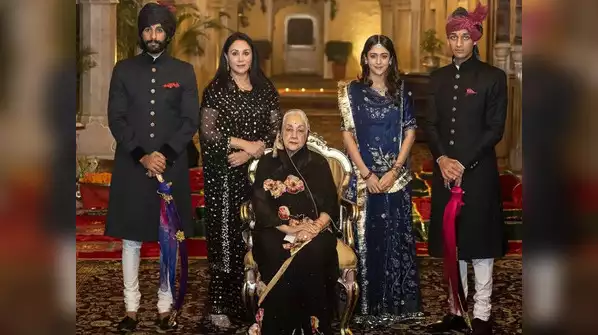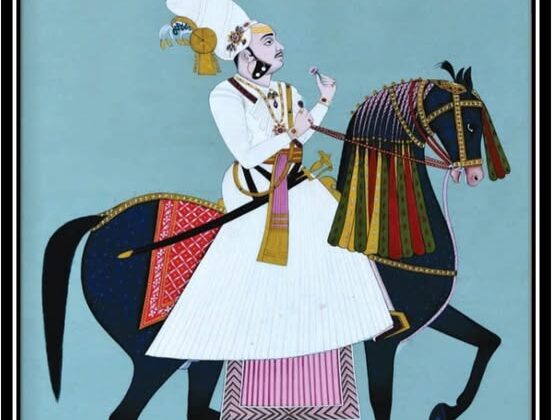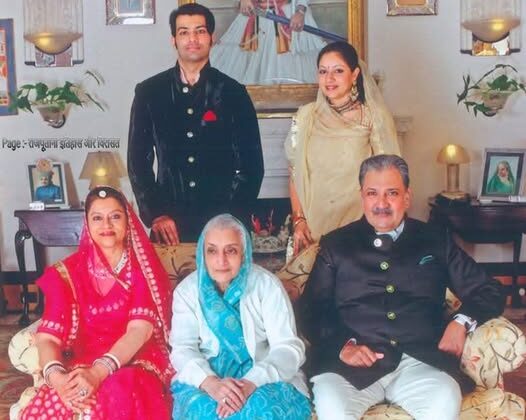Rare Insights into the Lives of India’s Noble Houses

India’s noble houses, comprising erstwhile maharajas, rajas, nawabs, and zamindars, played a significant role in shaping the country’s history and cultural heritage. These royal and aristocratic families once wielded immense power, overseeing vast territories and preserving centuries-old traditions. Today, while their political influence has waned, their legacies continue to thrive through heritage preservation, philanthropy, and cultural contributions. In this article, we take a deep dive into the intriguing world of India’s noble houses, uncovering their rare and lesser-known aspects.
The Historical Context of India’s Nobility
Before India’s independence in 1947, the subcontinent was home to more than 500 princely states, each governed by its own ruler. These states were bound to the British Crown under subsidiary alliances, maintaining internal autonomy while acknowledging British suzerainty. The British Raj recognized various ranks within the nobility, such as maharajas (great kings), rajas, nawabs (Muslim rulers), and zamindars (landowners).
Post-independence, the Indian government abolished princely states and withdrew royal privileges through the 26th Amendment of the Constitution in 1971. However, many noble families have since reinvented themselves, engaging in diverse fields such as politics, business, tourism, and social service.
Lavish Lifestyles and Traditions
India’s noble families were known for their opulent lifestyles, marked by grand palaces, extravagant jewelry, and elaborate court ceremonies. Some of the most iconic royal residences, such as the Umaid Bhawan Palace (Jodhpur), Falaknuma Palace (Hyderabad), and the Mysore Palace, stand as testaments to their bygone grandeur.
Traditional Attire and Jewelry
- Royal Clothing: Maharajas and nawabs donned intricately embroidered sherwanis, achkans, and turbans, while noblewomen adorned themselves with rich silk sarees and ornate lehengas.
- Jewelry: India’s noble houses possessed legendary treasures, including the Patiala Necklace (a Cartier masterpiece), the Nizam of Hyderabad’s unparalleled diamond collection, and the famed Koh-i-Noor diamond (now part of the British Crown Jewels).
The Role of Nobility in Preserving Heritage
Many royal families have transformed their palaces into heritage hotels and museums to preserve their legacy and share their history with the public. Examples include:
- The City Palace, Udaipur: The Mewar royal family converted portions of their palace into a museum showcasing regal artifacts and historical documents.
- Rambagh Palace, Jaipur: Once the residence of the Maharaja of Jaipur, this palace now operates as a luxury hotel under the Taj Group.
Additionally, some royal descendants actively work towards heritage conservation and promotion of traditional arts.
Noble Houses in Politics and Business
Several members of erstwhile noble families have seamlessly transitioned into modern professions. Many have entered politics, leveraging their ancestral prestige to secure leadership positions. Prominent political figures from noble lineages include:
- Madhavrao Scindia (Gwalior) – A respected leader of the Indian National Congress.
- Jyotiraditya Scindia (Gwalior) – A key figure in contemporary Indian politics.
- Kalikesh Narayan Singh Deo (Bolangir, Odisha) – A young politician from a noble family.
Apart from politics, several royal families have established successful business ventures. The Maharaja of Jodhpur, for example, turned his ancestral properties into luxury hospitality enterprises, while the Wadiyars of Mysore have diversified into industries like silk production and real estate.
Festivals and Rituals Unique to Noble Houses
Many noble families continue to celebrate age-old traditions with grandeur. Some unique rituals include:
- Raas Purnima at Awagarh Fort: A festival celebrated with traditional dances and rituals that date back centuries.
- Dussera Festival in Mysore: The Wadiyar family hosts an elaborate procession featuring royal elephants, cultural performances, and religious ceremonies.
- Ganga Mahotsav (Benares Royalty): A heritage-rich festival celebrated by erstwhile rulers of Varanasi, paying homage to the sacred river Ganga.
The Changing Landscape – Modern-Day Royals
While the days of absolute rule are long gone, India’s noble families have adapted to modern times by engaging in various initiatives such as:
- Tourism and Hospitality: Many royal families operate heritage hotels and host exclusive cultural experiences.
- Social Welfare: Some noble houses actively support education, healthcare, and rural development programs.
- Media and Arts: Several descendants have ventured into the entertainment industry, fashion, and literary pursuits.
The Future of India’s Noble Houses
As India progresses into the 21st century, its noble houses continue to balance heritage with modernity. Some are striving to keep ancestral traditions alive, while others are embracing contemporary careers and enterprises. Their influence may no longer be political, but their cultural and historical significance remains unparalleled.









